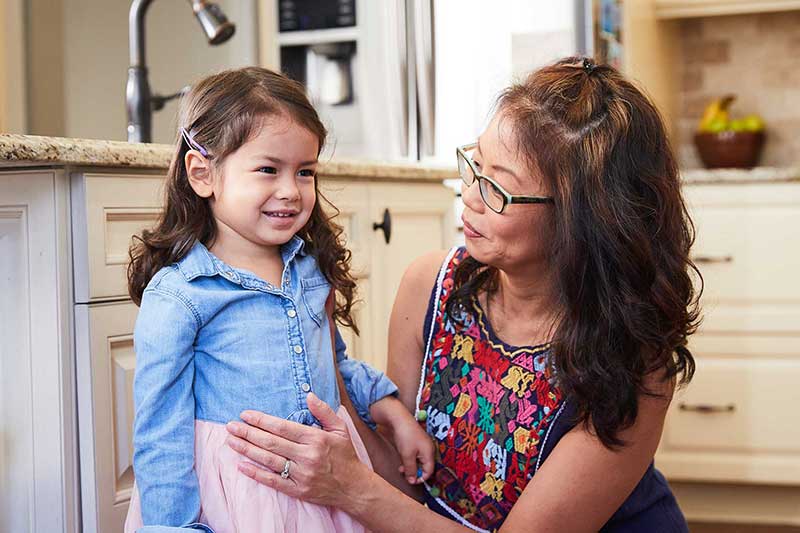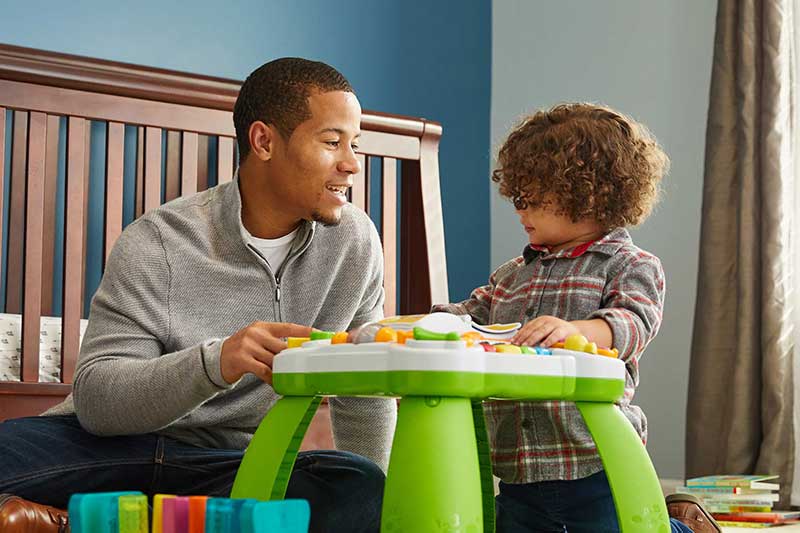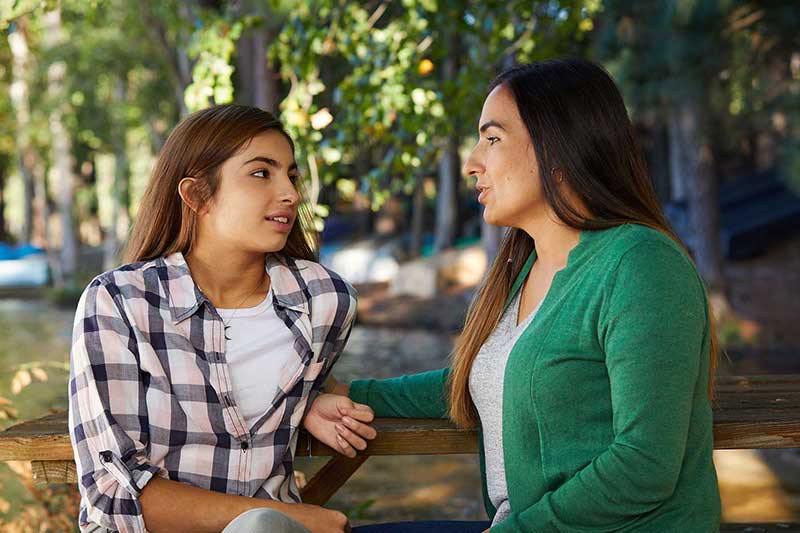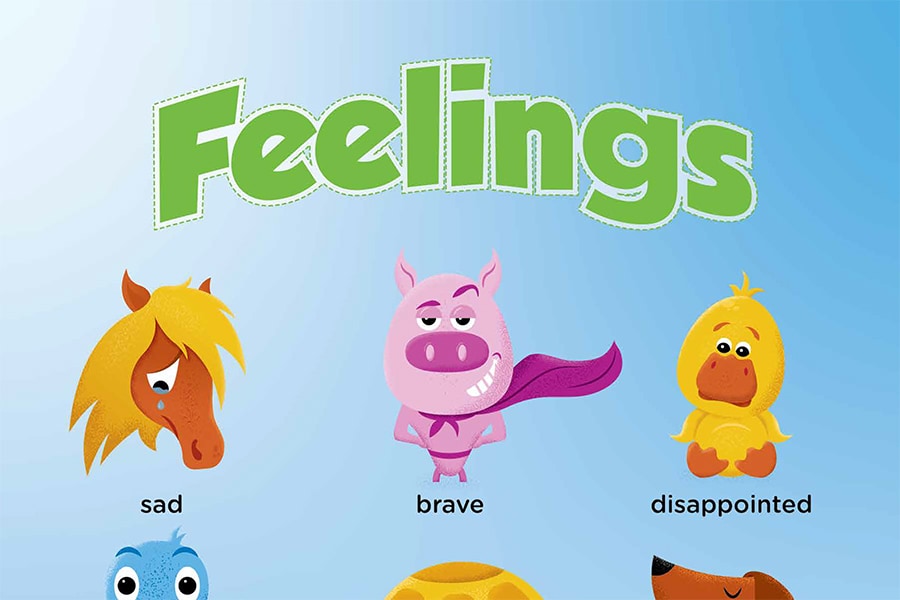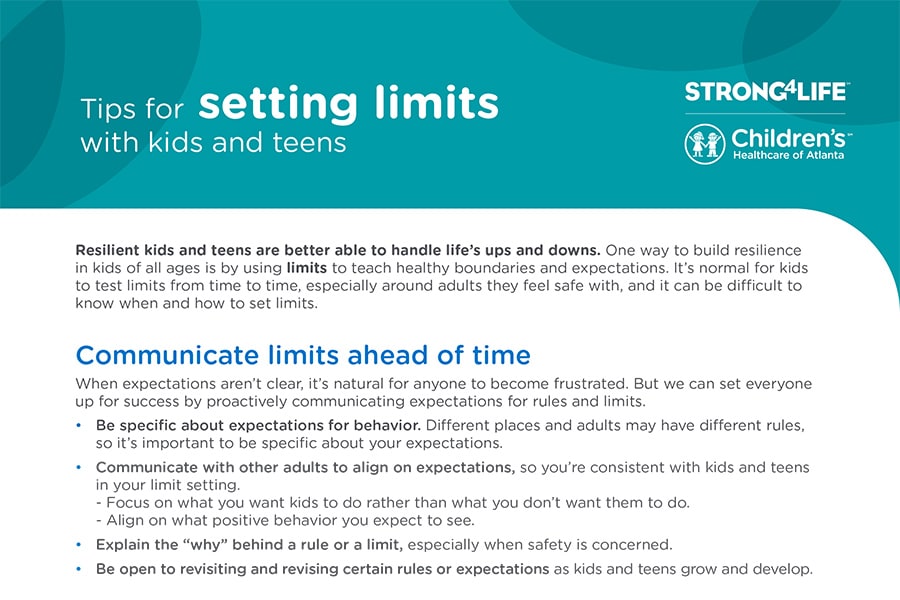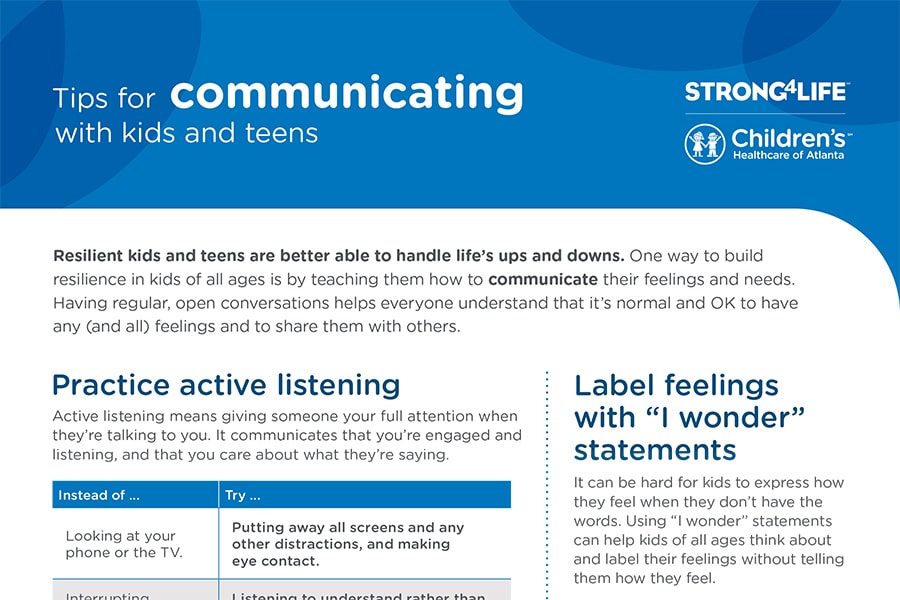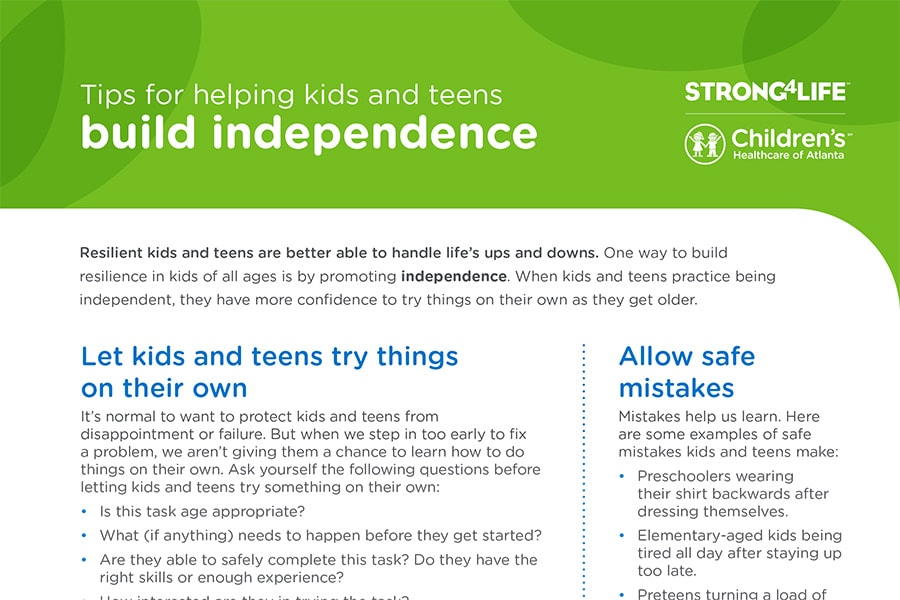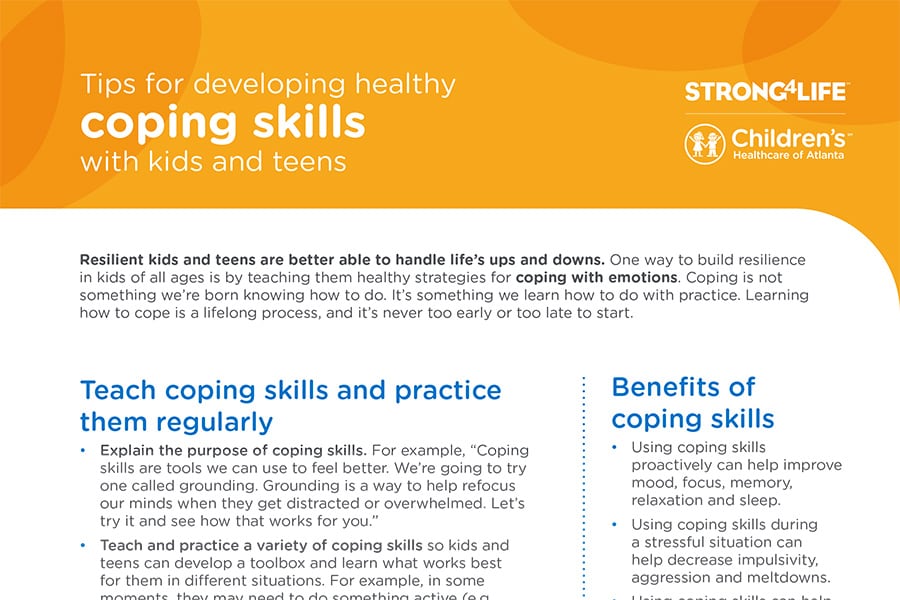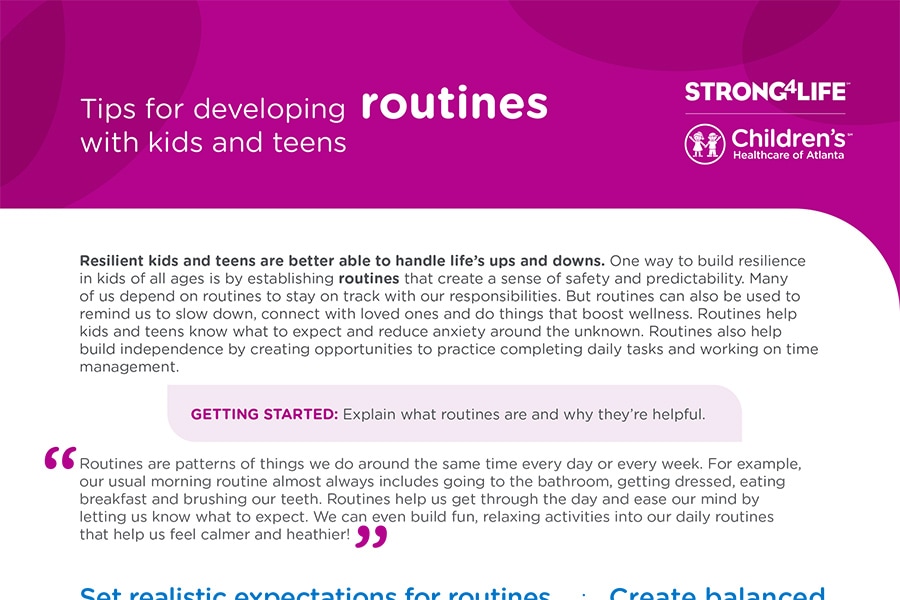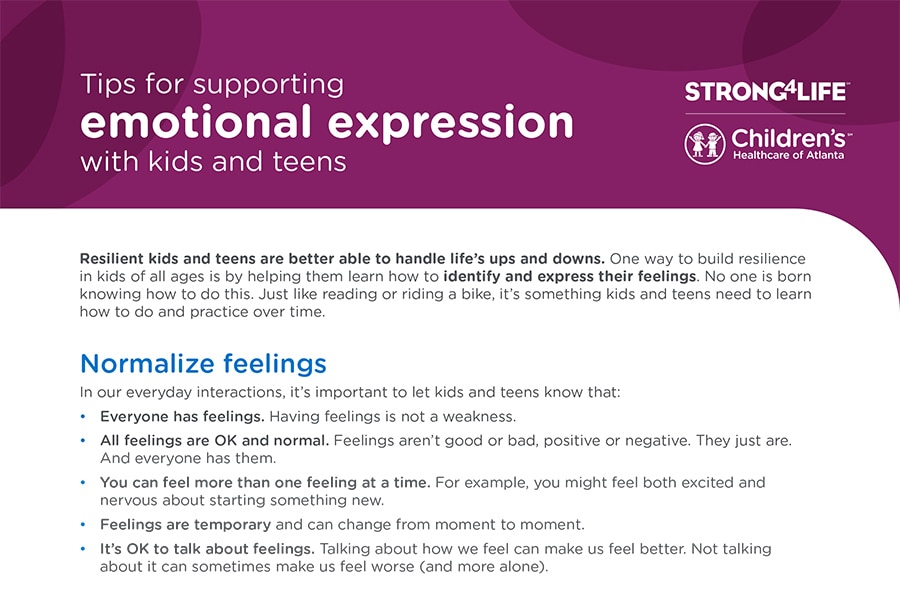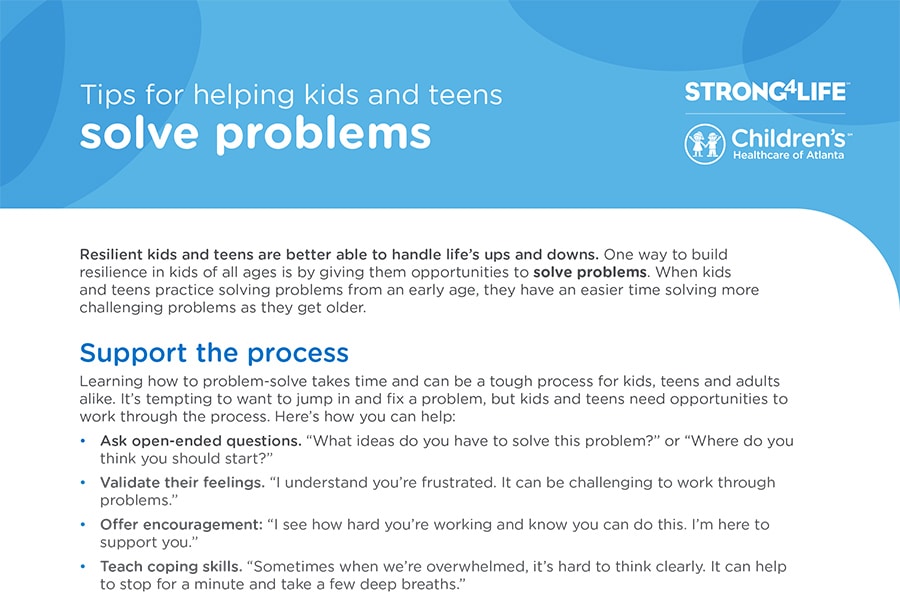Help Kids & Teens Identify & Express Feelings
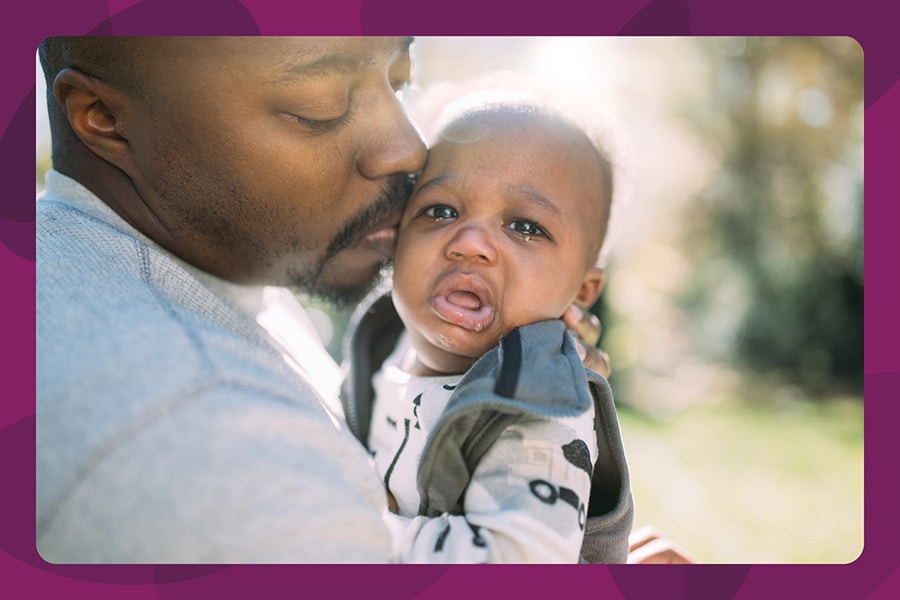
We’ve all been there before. You’re staring at your child, thinking they don’t seem like their usual self, but they can’t explain what they’re feeling. You both feel frustrated and helpless.
The reality is that kids aren’t born knowing how to identify and express their feelings. Just like reading or riding a bike, it’s something they need to learn how to do and practice over time.
Building resilience is an ongoing journey and knowing how to work through feelings is an important first step in helping kids and teens learn to handle life’s ups and downs. Read on to learn ways to help.
In this article:
How to talk about feelings with kids and teens
Everyone grows up hearing different messages about feelings. As a result, we develop our own beliefs about feelings and how we should cope with them. When teaching kids and teens about feelings, try to keep the following facts about feelings in mind:
- Everyone has feelings. Having feelings is not a weakness.
- All feelings are OK and normal. Feelings aren’t good or bad, positive or negative. They just are.
- Feelings are temporary and can change from moment to moment.
- We can feel more than one feeling at a time. It’s normal to feel both excited and nervous at the same time, or to have moments of happiness in times of sadness.
- It’s OK to talk about feelings. Talking about how we feel can make us feel better, while not talking about our feelings can sometimes make us feel worse.
When we have regular conversations with kids about feelings, we’re teaching them it’s normal and OK to have feelings and express them. Here are some tips for having conversations about feelings:
| Strategy | Instead of... | Try... |
|---|---|---|
| Use open-ended questions. | “Did you have a good day?” | “What was your favorite part of your day?” “What was most challenging?” |
| Use verbal active listening. | Interrupting them. | “Tell me more about that.” “I see.” |
| Use non-verbal active listening. | Multi-tasking or being on the phone. | Learn toward them, make eye contact and nod while listening. |
| Reflect back. | “What’s wrong with them leaving without you?” | “You didn’t know why they got up and left when you sat down at the table to eat.” |
| Use an “I wonder” statement. | “You’re doing OK, right?” | “I wonder if you felt hurt to be left out at lunch. Is that right?” |
| Empathize and normalize/validate all feelings. | “Don’t cry! You’re OK. Everything will be alright.” | “I understand why you felt that way. I’ve felt that way before, and it’s OK and normal to cry when we feel hurt.” |
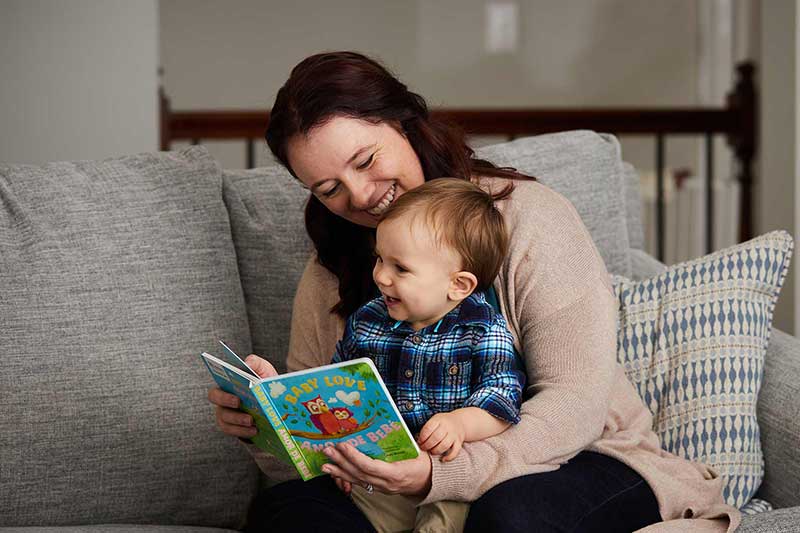
How to develop kids' and teens' awareness about feelings
Before we can help kids and teens identify and express their feelings, we first need to teach them that feelings exist.
Start during infancy. It’s never too early to start teaching kids about feelings. Long before a child can talk, they're taking in information about the world around them and looking for cues from adults to help them make sense of it all. For example, you might say, “I see you smiling. You look happy.” Or, “I see you crying. You look sad.”
Continue throughout childhood. Just like it’s never too early to start teaching kids about feelings, it’s also never too late. Learning about and understanding feelings is a lifelong process.
Regardless of how old a child is, help develop their awareness of feelings by:
- Using real-time situations. One of the best ways to develop kids' awareness of feelings is to talk about feelings openly and regularly. This helps them understand that everyone has feelings and it’s normal and OK to talk about them.
- Using books and play. Pause while reading a story and talk to kids about what the characters in the book may be feeling. Try using puppets and dolls to talk about feelings. Not only does this build their awareness about different feelings, but it can also help kids develop empathy for others.
- Listening to music and songs that talk about different feelings. This can be a fun way to get kids used to hearing a variety of feelings words.
- Using mirrors or pictures to help kids connect feelings with different facial expressions. For example, “You’re frowning. I wonder if you’re sad.” Or, “You’re smiling. Sometimes when we feel happy, we smile.”
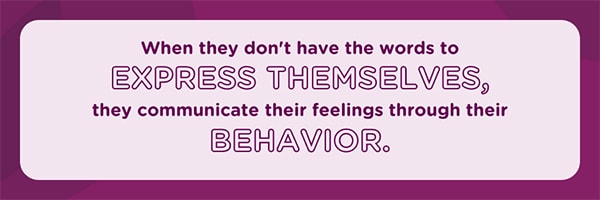
How to help kids and teen identify their feelings
When kids and teens don’t have the words to express themselves, they communicate their feelings through their behavior. By teaching them words to identify their feelings, we’re helping them better express what they feel and need. Here's how:
- Build kids' feelings vocabulary to help them better describe what they feel. “Fine,” “good” and “OK” are not feelings. Instead, teach them a variety of words they can use to describe their feelings.
- Dig deeper. Ever notice how often kids say they’re mad? When this happens, chances are they don’t know other words to describe exactly what they’re experiencing. Help them by teaching feelings words that can sometimes be underneath their anger, such as disappointment, frustration, embarrassment, etc.
- Use “I wonder” statements when kids are struggling to name their feelings to help them think through what they’re feeling, explain what they feel or tell you more. If a child is upset when something didn’t go their way, try saying, “I wonder if you’re feeling disappointed about how that worked out. What do you think?”
- Use visual prompts. Visual reminders can be helpful as kids begin learning more words to express themselves. Try using a feelings faces chart to help them identify how they feel and connect feelings words to facial expressions. And visual reminders aren’t just for younger kids—they can help older kids and teens find the right words in the heat of the moment. Try using a feelings chart with teens to help them identify their true feelings.
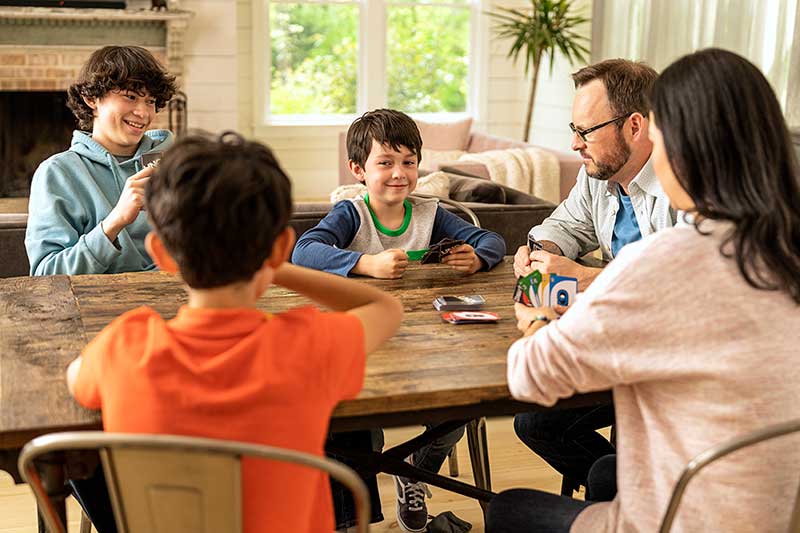
How to help kids and teens express their feelings
Bottled-up feelings can cause stress and tension in the body, and they’ll come to the surface one way or another. That’s why it's so important to help kids and teens learn to express themselves effectively. Here are some ways to help:
- Model “I” statements by calmly and directly expressing feelings. For example, “I feel hurt when you don’t listen to me.”
- Provide different options for expression. Sometimes kids aren’t ready to talk, and that’s OK! What’s more important is that they have options to express themselves when and how they need to. Encourage them to be creative. The goal is to get them to express themselves, but how they do it is up to them!
- Some kids may choose artistic expression, such as drawing, painting or coloring.
- Other kids might prefer expressing themselves through music, dance or journaling.
- Use games and play to talk about feelings. While some kids can easily sit and have a conversation about their feelings, some kids struggle with it, and both are OK. Because kids make sense of the world through play, it can be a great way for them to work through and process their feelings.
- Use puppets, dolls or stuffed animals to play and talk about feelings. This can be a good starting point for younger kids because it feels less intimidating than sharing their feelings, but it still allows them to talk about how the characters may be feeling.
- Casually incorporate feelings into board games they enjoy. Try adding prompts or questions that players can answer during their turn. For example, if you select a blue card, you can share a time you felt sad, or if you roll a number 5, you can share something that makes you feel happy. For older kids and teens, age up the questions. For example, if you roll a 6, you can share a time you felt anxious and were able to work through it.
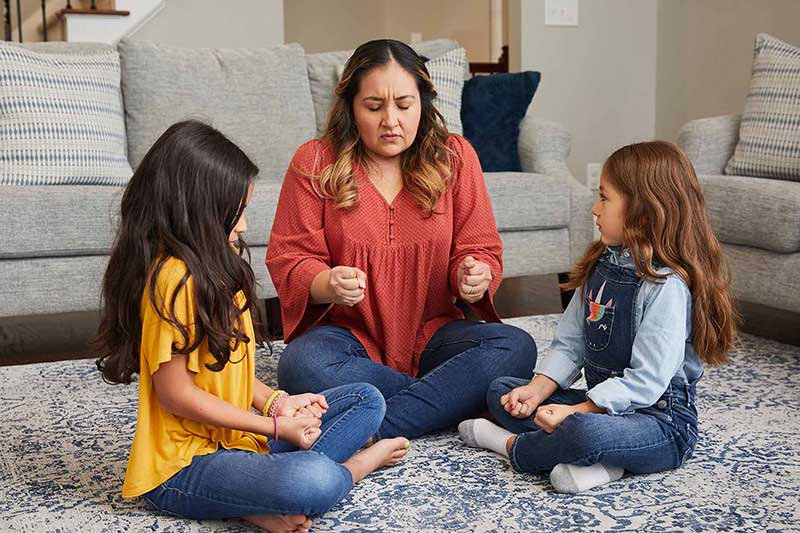
How to teach kids and teens to cope with their feelings
Just like kids and teens need help learning how to identify and express their feelings, they also need help learning how to cope with them. The options are limitless.
Everyone is different, and what works one day might not work the next, so encourage kids to try lots of different coping skills to figure out what works best for them. If they aren't interested in a particular skill, don't force it; it's important they have choice when it comes to the skills they use to cope with their emotions.
Keep in mind that it’s hard to learn something new when we’re anxious, distracted or upset. So, be sure to introduce and practice new coping skills when everyone is calm.
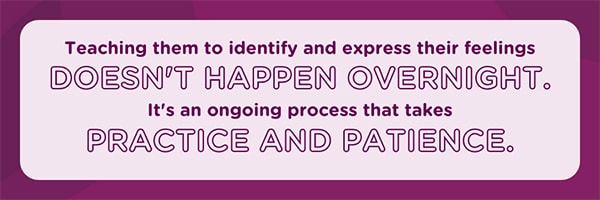
How learning about and understanding feelings is an ongoing process
Helping kids and teens learn to identify and express their feelings doesn’t happen overnight. It’s an ongoing process that takes practice and patience. Taking the time to teach these skills now helps kids to build resilience, so they can better handle life’s ups and downs as they get older.

